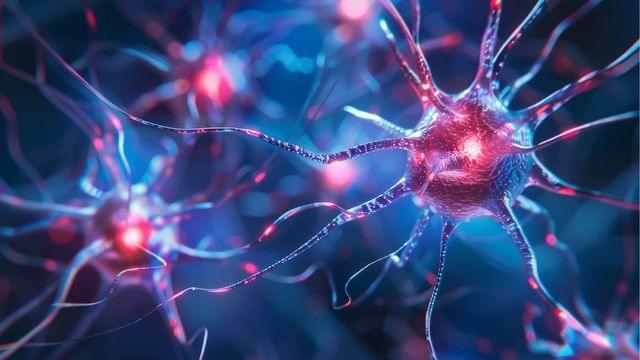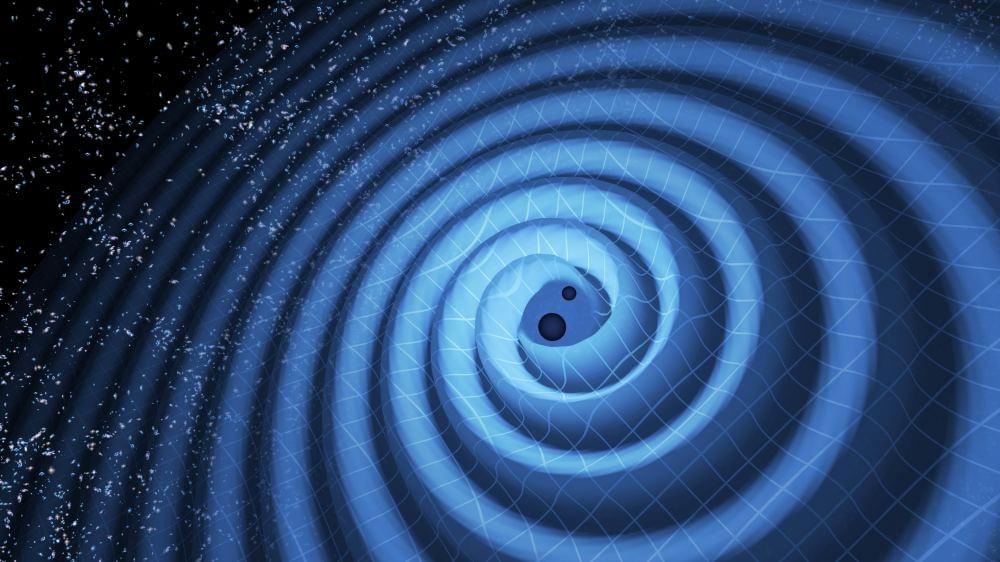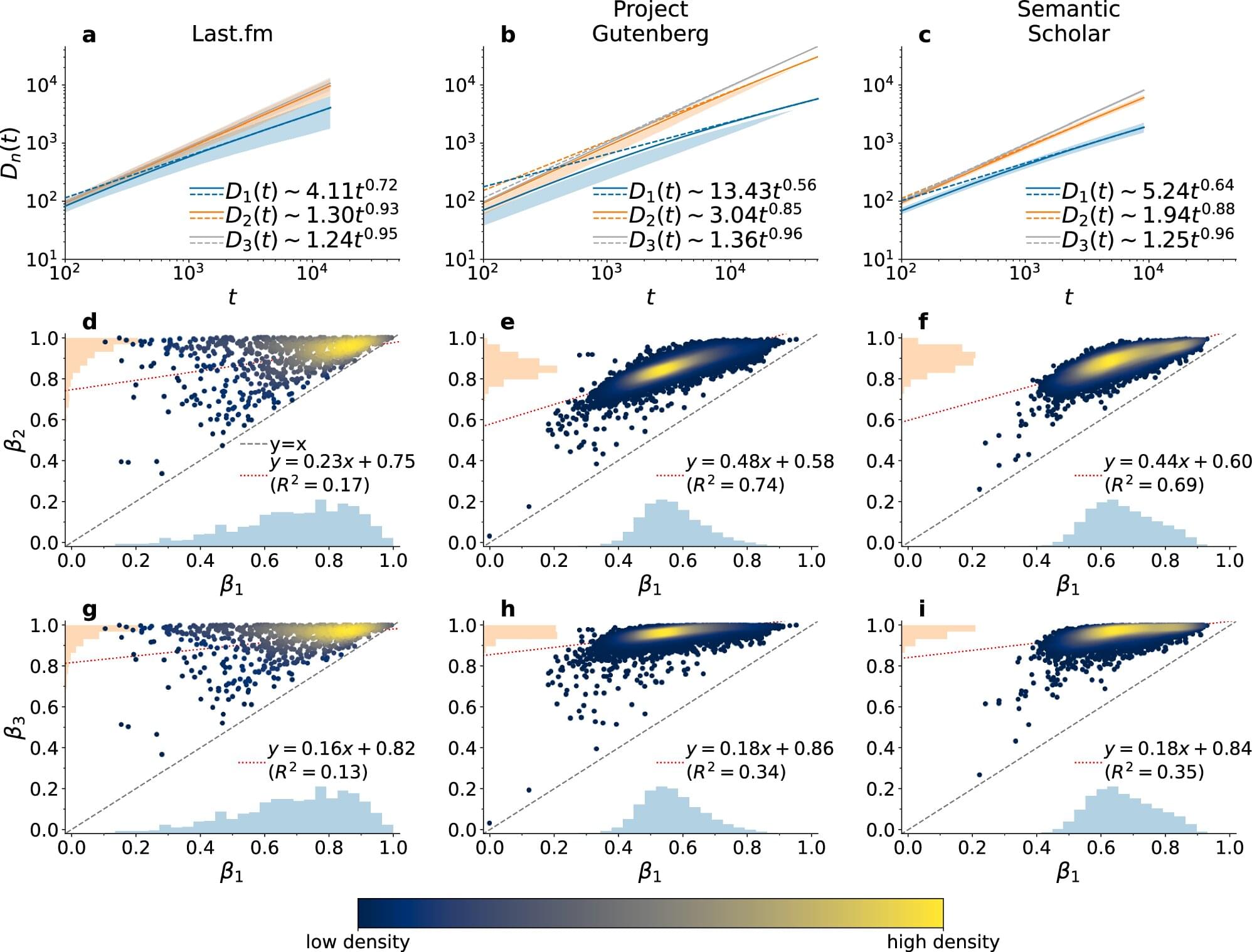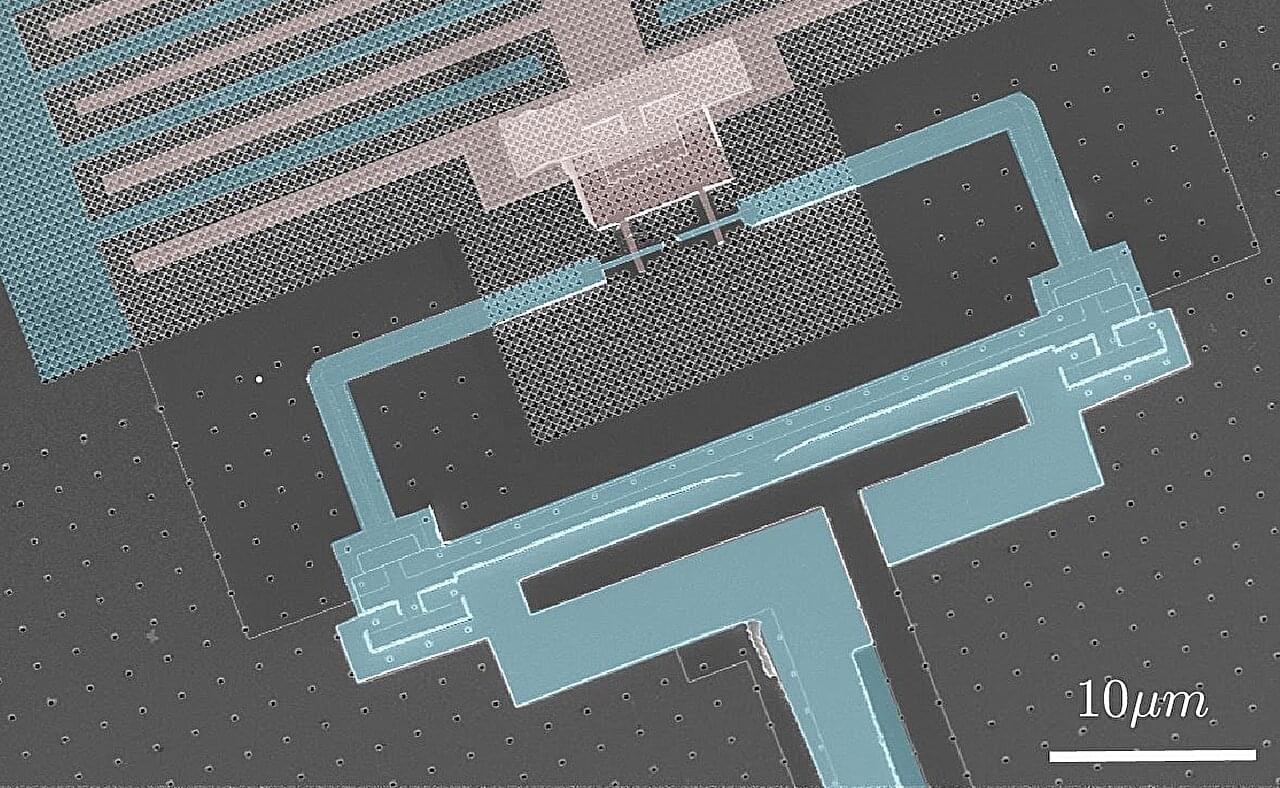Link :- Find out more.
UCSF scientists have discovered a new type of stem cell that helps young brains grow but is also capable of forming the cells found in tumors.

BIG Projects To Solve Pressing Issues In Science — Dr. Christopher Stubbs, Ph.D. — Professor of Physics and Astronomy, Harvard University.
Dr. Christopher Stubbs, Ph.D. is the Samuel C. Moncher Professor of Physics and Astronomy, and has recently served as the Dean of Science in the Faculty of Arts and Sciences, at Harvard University (https://astronomy.fas.harvard.edu/peo…
Dr. Stubbs is an experimental physicist working at the interface between particle physics, cosmology and gravitation. His interests include experimental tests of the foundations of gravitational physics, searches for dark matter, characterizing the dark energy, and observational cosmology.
Dr. Stubbs was a member of one of the two teams that first discovered dark energy by using supernovae to map out the history of cosmic expansion.
Dr. Stubbs is currently heavily engaged in the construction of the Large Synoptic Survey Telescope (LSST), for which he was the inaugural project scientist. He founded the APOLLO collaboration that is using lunar laser ranging and the Earth-Moon-Sun system to probe for novel gravitational effects that may result from physics beyond the standard model.

On Thursday January 30th, astronauts Suni Williams and Butch Wilmore are doing a 6.5-hour spacewalk outside the International Space Station. Among other goals, they’ll be collecting surface samples from the station to analyze for the presence of microbes.
The ISS “surface swab” is part of the ISS External Microorganisms project. It was developed to understand how microorganisms are transported by crew members to space. It also seeks to understand what happens to those “mini-critters” in the space environment.
NASA will provide live coverage of the walk which will also conduct some other maintenance on the station along with the sampling activities.

Texans near San Antonio experienced a 4.5 earthquake on Wednesday night, according to the United States Geological Survey. (KXAN News)
The government agency’s data showed there were reports of some people in Central Texas feeling the effects of the earthquake.

When astronomers detected the first long-predicted gravitational waves in 2015, it opened a whole new window into the Universe. Before that, astronomy depended on observations of light in all its wavelengths.
We also use light to communicate, mostly radio waves. Could we use gravitational waves to communicate?
The idea is intriguing, though beyond our capabilities right now. Still, there’s value in exploring the hypothetical, as the future has a way of arriving sooner than we sometimes think.



A new study in Nature Communications explores the dynamics of higher-order novelties, identifying fascinating patterns in how we combine existing elements to create novelty, potentially reshaping our understanding of human creativity and innovation.
Novelties—a common part of human life—refer to one of two things. The first is the discovery of a single item, like a place, song, or an artist. The second covers discoveries new to everyone, such as technological developments or drug discoveries.
The researchers in this study aimed to understand how both kinds of novelties emerge. The team was led by Prof. Vito Latora from the Queen Mary University of London, who spoke to Phys.org about the work.

Quantum computers have the potential of outperforming classical computers on some optimization and computational tasks. Compared to classical systems, however, quantum systems are more prone to errors, as they are more sensitive to noise and prone to so-called decoherence.
Decoherence is a process via which a quantum system loses its quantum properties due to interactions with its surrounding environment, causing a loss of quantum information and errors. This loss of coherence can be caused by a range of external disturbances, including material defects, temperature fluctuations and electromagnetic fields.
In recent years, physicists and engineers worldwide have been trying to devise effective methods to reduce decoherence and thus improve the reliability of quantum computers. The sources of decoherence in solid-state systems include so-called two-level systems (TLSs), which are a class of material defects that arise from the random switching between two energy states, which can disrupt the stability of qubits.